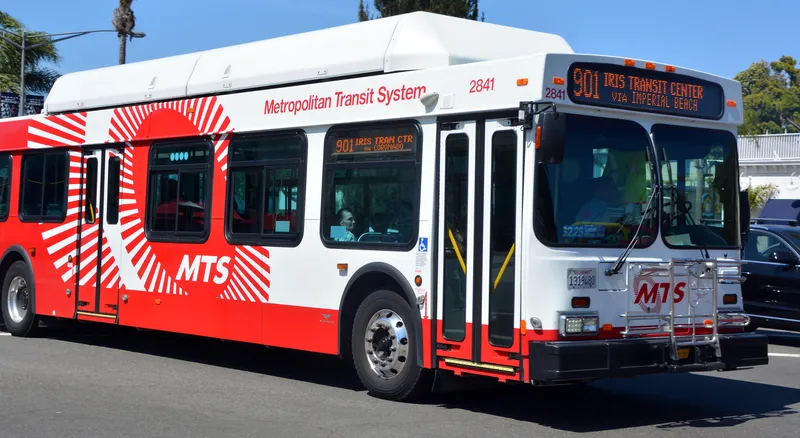Public transport passengers in Sydney, Australia, have enthusiastically welcomed the city’s new Opal smart card, being progressively rolled out across ferries, trains, buses and light rail in the greater Sydney area, with 10,000 already issued since trials began in December 2012. By 2015 the Opal system, being installed by the Cubic-led Pearl Consortium for Transport New South Wales, will cover 42 ferry wharves, more than 300 train stations and more than 5,000 buses and light rail systems.
August 1, 2013
Read time: 2 mins
Public transport passengers in Sydney, Australia, have enthusiastically welcomed the city’s new Opal smart card, being progressively rolled out across ferries, trains, buses and light rail in the greater Sydney area, with 10,000 already issued since trials began in December 2012.
By 2015 the Opal system, being installed by the378 Cubic-led Pearl Consortium for Transport New South Wales, will cover 42 ferry wharves, more than 300 train stations and more than 5,000 buses and light rail systems.
Figures just released by the New South Wales transport minister, Gladys Berejiklian, show that commuters have made more than 100,000 trips using the new adult Opal card to date. The Opal website, which was launched at the beginning of June this year, has already recorded approximately 100,000 visits. Minister Berejiklian said 90 percent of customers were registering for a card online instead of by phone, and more than 70 percent were opting for the auto top-up function.
Cubic Transportation Systems’ managing director for Australasia, Tom Walker, said it is gratifying to see how enthusiastically Sydneysiders have adopted the new Opal card. “We are delighted with the uptake of the Opal card and the benefits it is already providing to Sydney commuters,” said Walker.
By 2015 the Opal system, being installed by the
Figures just released by the New South Wales transport minister, Gladys Berejiklian, show that commuters have made more than 100,000 trips using the new adult Opal card to date. The Opal website, which was launched at the beginning of June this year, has already recorded approximately 100,000 visits. Minister Berejiklian said 90 percent of customers were registering for a card online instead of by phone, and more than 70 percent were opting for the auto top-up function.
Cubic Transportation Systems’ managing director for Australasia, Tom Walker, said it is gratifying to see how enthusiastically Sydneysiders have adopted the new Opal card. “We are delighted with the uptake of the Opal card and the benefits it is already providing to Sydney commuters,” said Walker.









